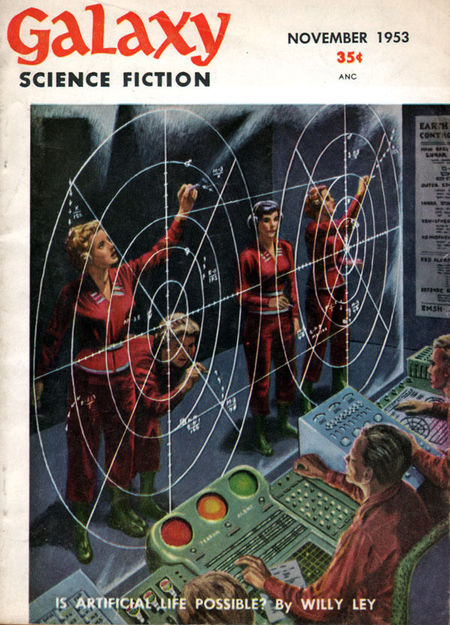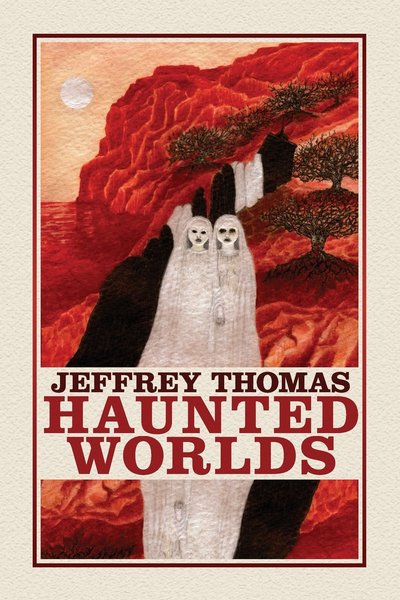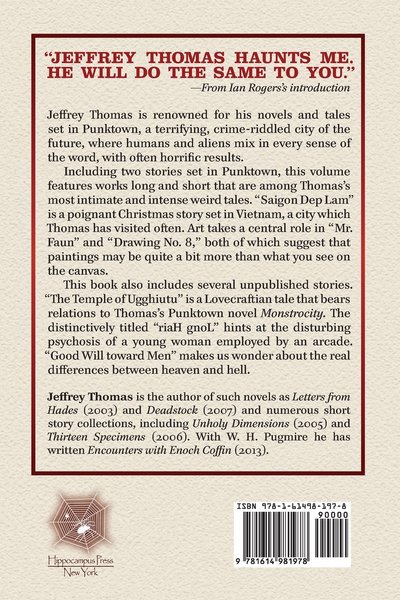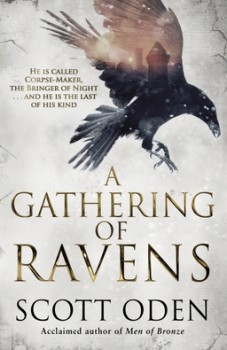Mage: The Hero Denied #0 and #1
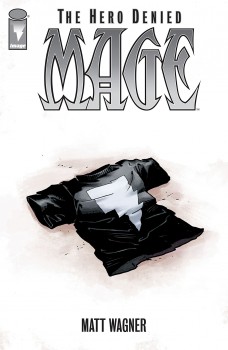 So, I’ve been meaning to get back into writing comic reviews, but there’s frankly been very little out there that got me excited. I’m more of an old school comic fan, preferring the comics that would actually take ten or fifteen minutes to read. Yeah, I’m a slow reader, but even I can push through most modern comics in two or three minutes without much trouble. All splash pages and dialogue-free scenes. It seems like most modern comic writers don’t know how to tell a serial story: each issue should be its own story, as well as a part of a greater narrative.
So, I’ve been meaning to get back into writing comic reviews, but there’s frankly been very little out there that got me excited. I’m more of an old school comic fan, preferring the comics that would actually take ten or fifteen minutes to read. Yeah, I’m a slow reader, but even I can push through most modern comics in two or three minutes without much trouble. All splash pages and dialogue-free scenes. It seems like most modern comic writers don’t know how to tell a serial story: each issue should be its own story, as well as a part of a greater narrative.
But I’ve long been a huge fan of Matt Wagner (check out my previous reviews for Mage: The Hero Discovered and Mage: The Hero Defined), so I knew I was going to be on board for the third and final part of his Mage trilogy: The Hero Denied. Issue #0 came out in July and, while it looked great, it was basically a half-issue meant to work as a teaser for the main book, so there wasn’t much to review. Also, I got suckered in by a nice issue #0 for the Red Sonja reboot that fed into a series that was disappointing. So I decided to wait until a proper issue #1 came out before deciding whether or not it was worth my time to commit to review the whole series.
Since you’re reading this, you can guess how I feel about issue #1.
But let’s start with issue #0. (spoilers to issues #0 and #1 beyond this point)
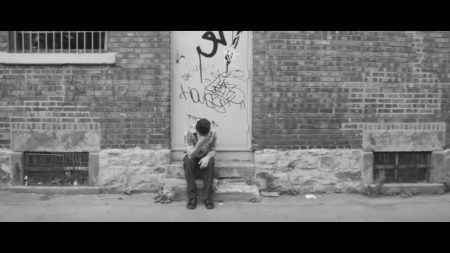 Saturday, July 15, looked like an unusual day for me at Fantasia: I’d mostly be seeing short films. It’d begin a bit after noon, with a set of shorts called SpectrumFest: Films from the Autism Spectrum, a collection of pieces from young filmmakers on the autism spectrum. Then would come this year’s edition of the International Science-Fiction Short Film Showcase, featuring eight science-fictional short films from around the world. Both showings looked fascinating, if in different ways. SpectrumFest was new to me, but I’d seen the SF showcases in previous years, and been impressed both by the individual films and by the way they worked together — if short films are loosely equivalent to prose short stories, the SF short film showcases make excellent anthologies.
Saturday, July 15, looked like an unusual day for me at Fantasia: I’d mostly be seeing short films. It’d begin a bit after noon, with a set of shorts called SpectrumFest: Films from the Autism Spectrum, a collection of pieces from young filmmakers on the autism spectrum. Then would come this year’s edition of the International Science-Fiction Short Film Showcase, featuring eight science-fictional short films from around the world. Both showings looked fascinating, if in different ways. SpectrumFest was new to me, but I’d seen the SF showcases in previous years, and been impressed both by the individual films and by the way they worked together — if short films are loosely equivalent to prose short stories, the SF short film showcases make excellent anthologies.